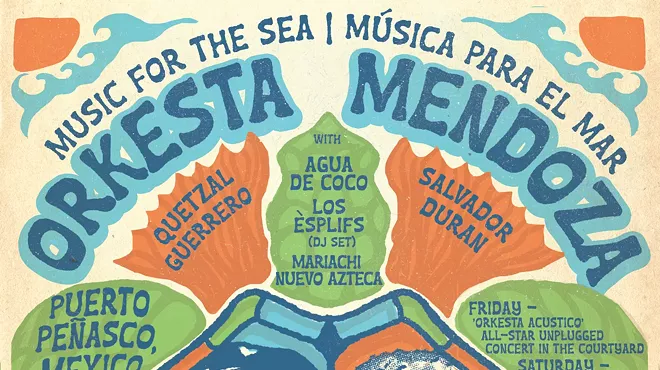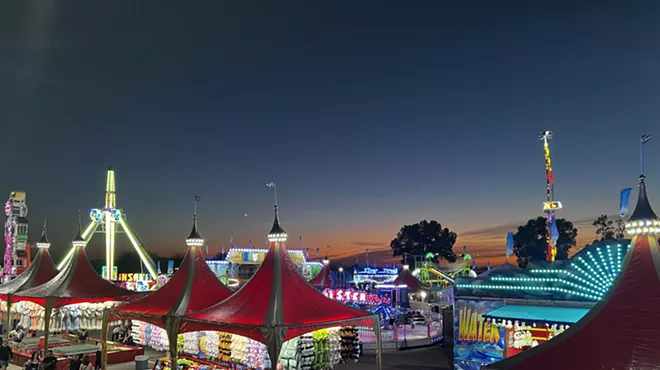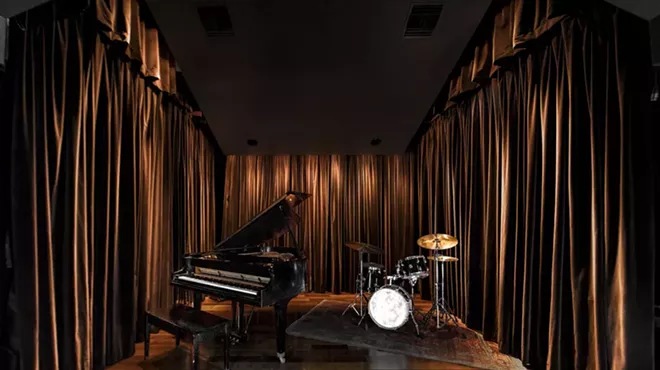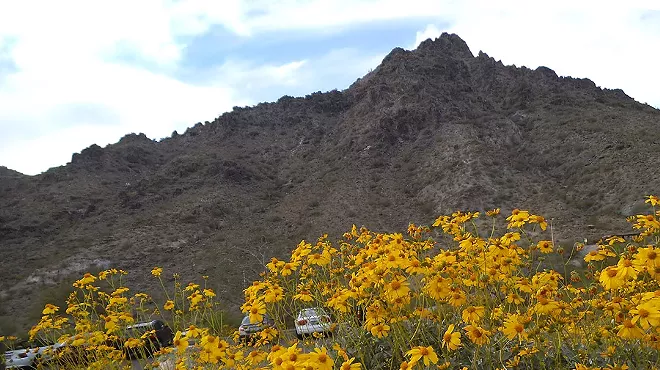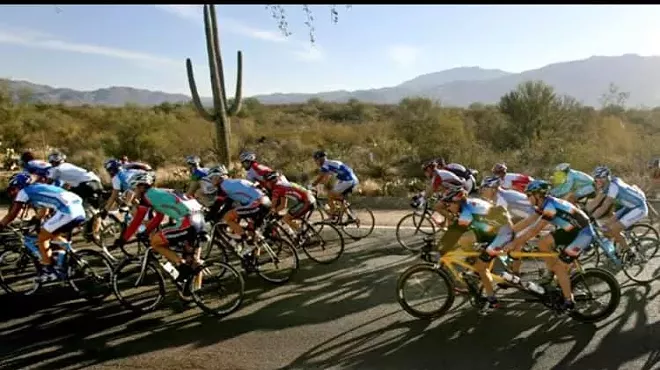Friday, February 27, 2015
It's Not all About the Cowboys: Women Make Their Mark on Rodeo
Cowgirl Rachel Dice gives a barely perceptible nod. The gate swings open.
Dice and her horse Katie shoot forward, angling to the right where a barrel waits amid dry mounds of dirt. Rider and mare slow as they approach the barrel, leaning their bodies into the curve. Dice’s white shirt billows in the lashing wind.
Dice and Katie successfully clear the second and third barrel, placed in a triangle formation. As they head back toward the gate Rachel gives Katie’s chestnut muscles a spurt of kicks, urging the horse faster during the last stretch.
The two blur through the gate, easing their pace. The announcer’s voice booms Dice’s time: 17.47 seconds. She has taken the lead. Spectators whistle, clap and shout their approval.
Dice is one of about 110 cowgirls competing in the 90th annual Tucson Rodeo, which attracts 60,000 people each year, according to Joan Liess, who does all the marketing for the rodeo. Dice and the other women are a significant part of the rodeo’s draw.
Women haven’t always been welcome in rodeo. Though women’s participation has been rocky in the past, barrel racers are some of the most popular athletes in the sport today.
“In the surveys they conduct men’s bull riding and women’s barrel racing are the two most popular events,” says Penny Conway, a barrel racer with 50 years of rodeo experience.
Each year 10,000 attendees are asked to fill out a spectator response card about the rodeo. One of the questions asks which events they most enjoyed. From the 3,000 surveys returned each year, barrel racing has consistently ranked as the second most popular event since the mid-1990s, according to Garry Williams, the general manager of the Tucson Rodeo.
Barrel racing continues to gain attention and approval. As the fans increase, so does the purse money.
Dice has staked her career on barrel racing’s popularity. Two months prior to the Tucson rodeo, she quit her job as an office manager and began to rodeo full time.
Life on the road completely immerses her in the sport’s lifestyle. The added time allows her to “practice more and build more trust” with her horse and race at an elevated standard.
Barrel racing’s attraction has also led to an increase in the amount of rodeo opportunities for women. Cowgirls of all ages can compete at the circuit level to test skills and improve techniques. These smaller, more frequent rodeos offer women the chance to make regular money, rather than rely solely on prestigious national rodeos like Tucson’s.
“Anybody with a horse can compete in circuits to gain experience and skill,” says Carolynn Vietor, president of the Women’s Professional Rodeo Association.
Tags: Women of the Rodeo , Rodeo Weekend , Wild Western times


